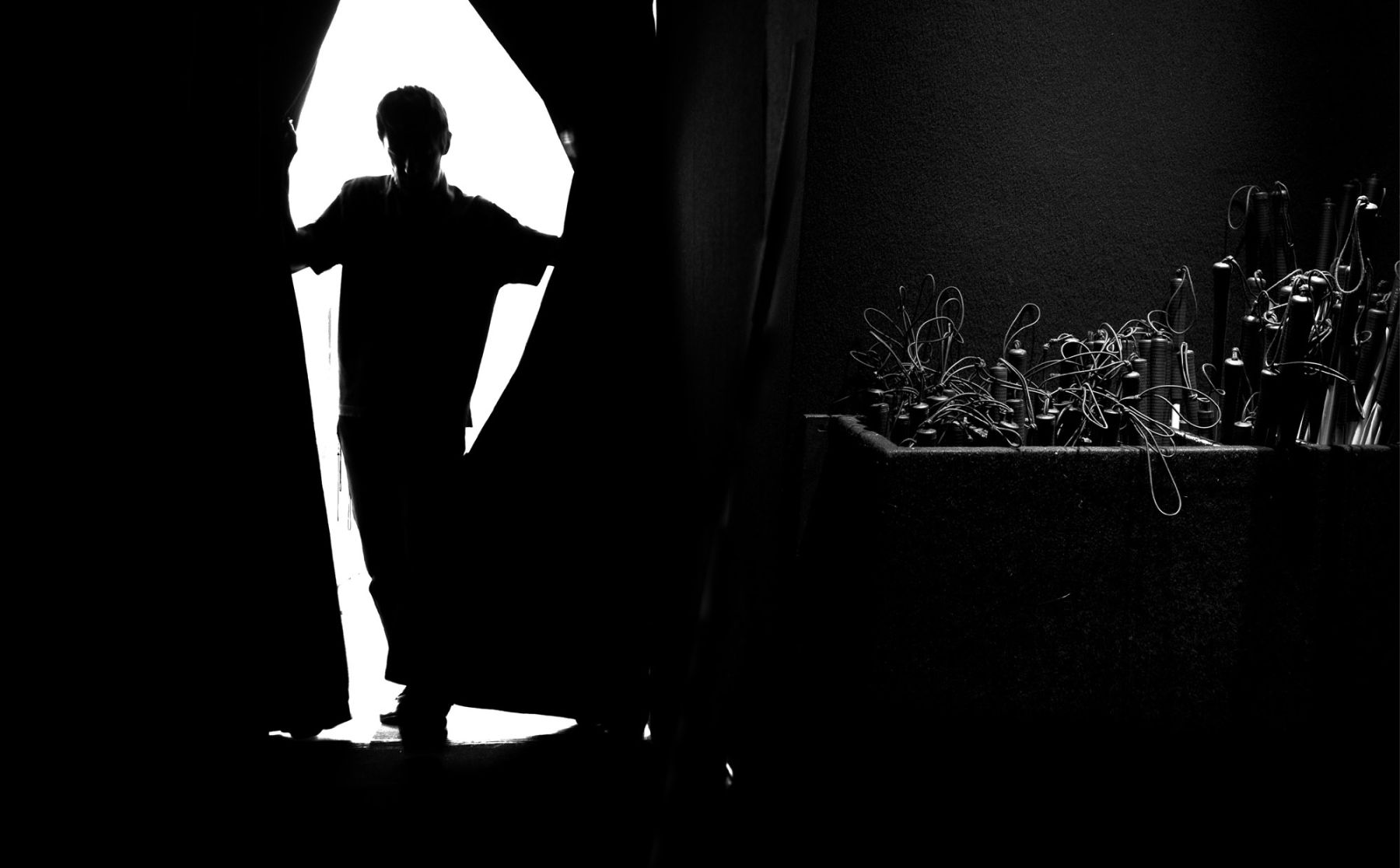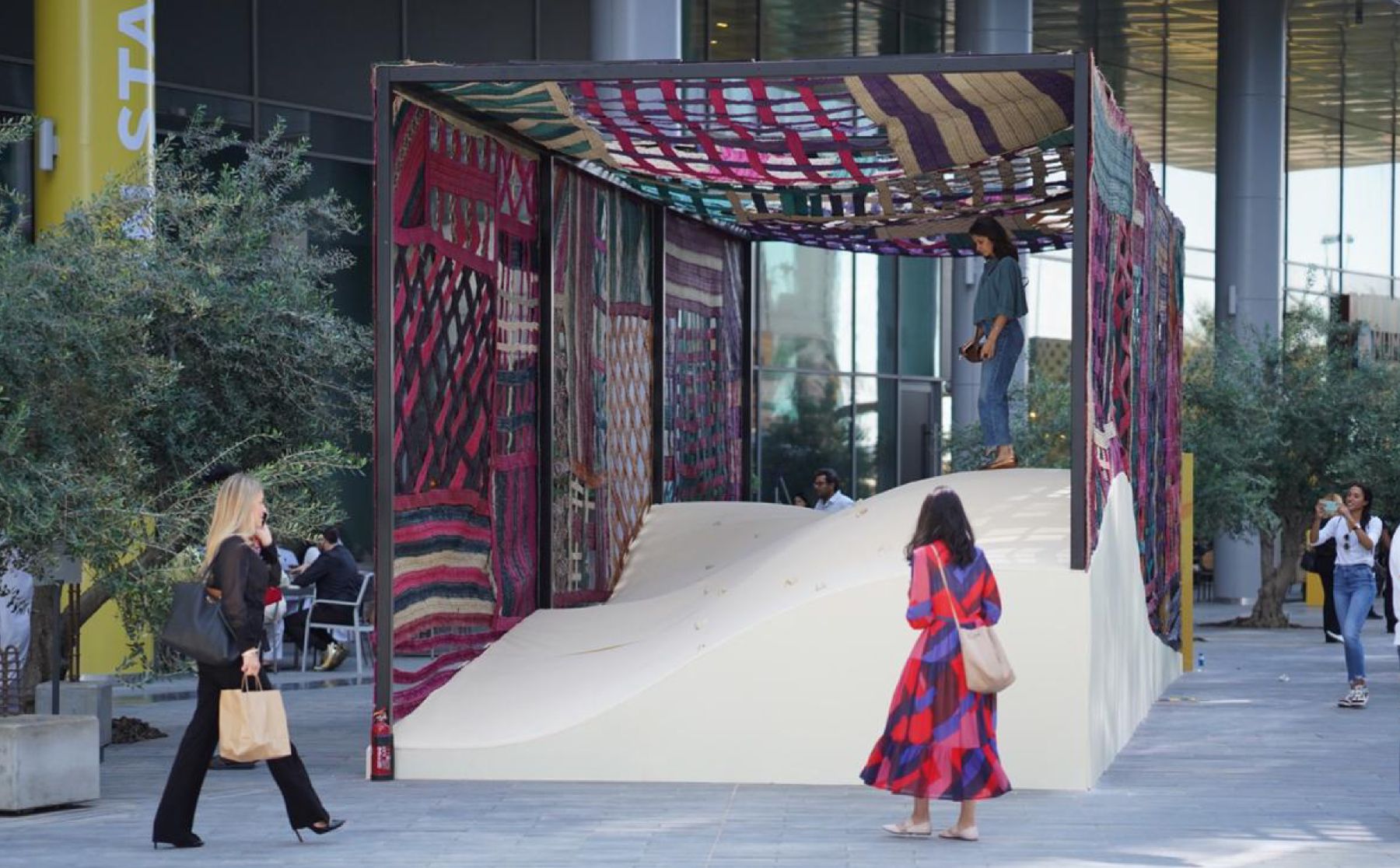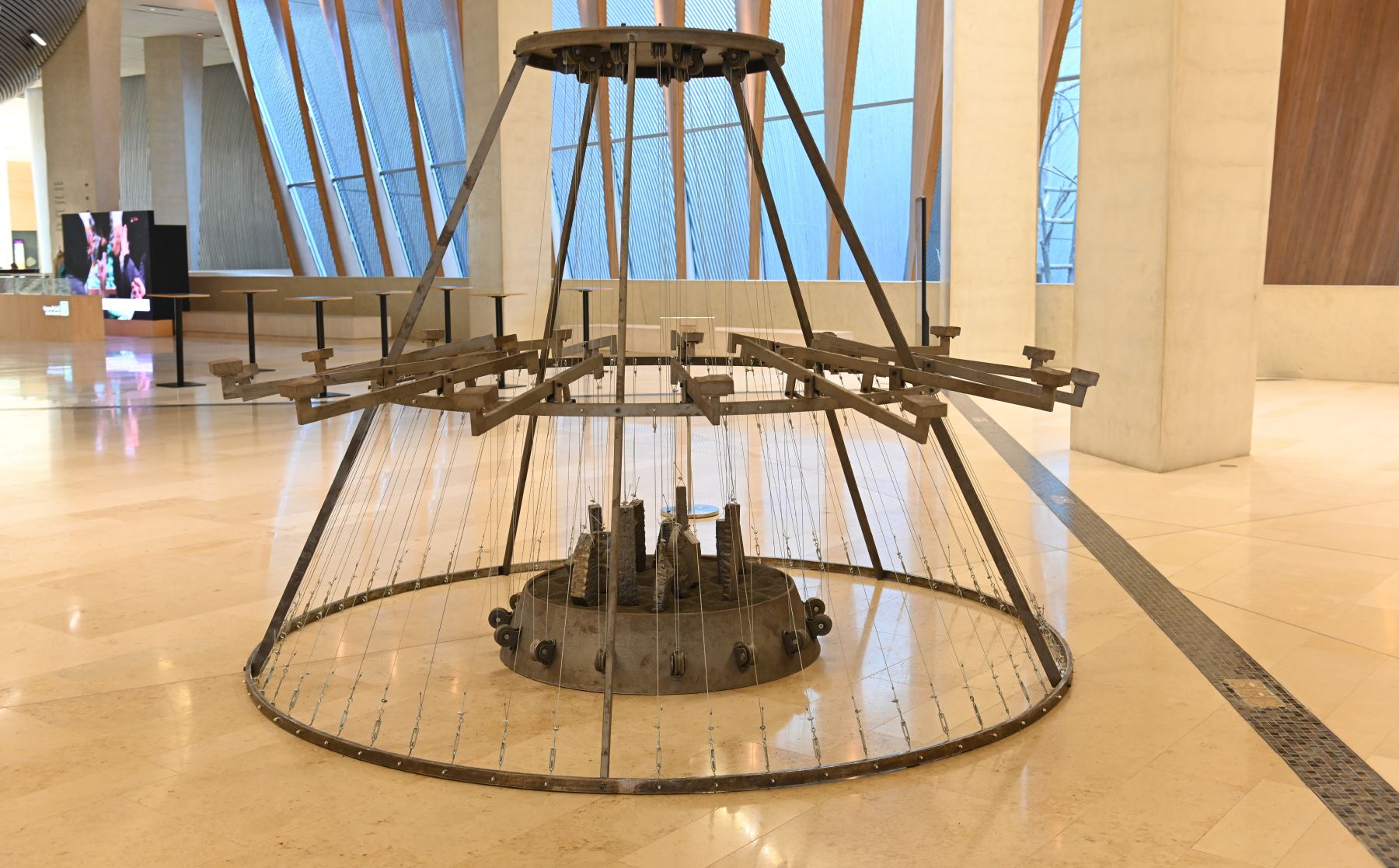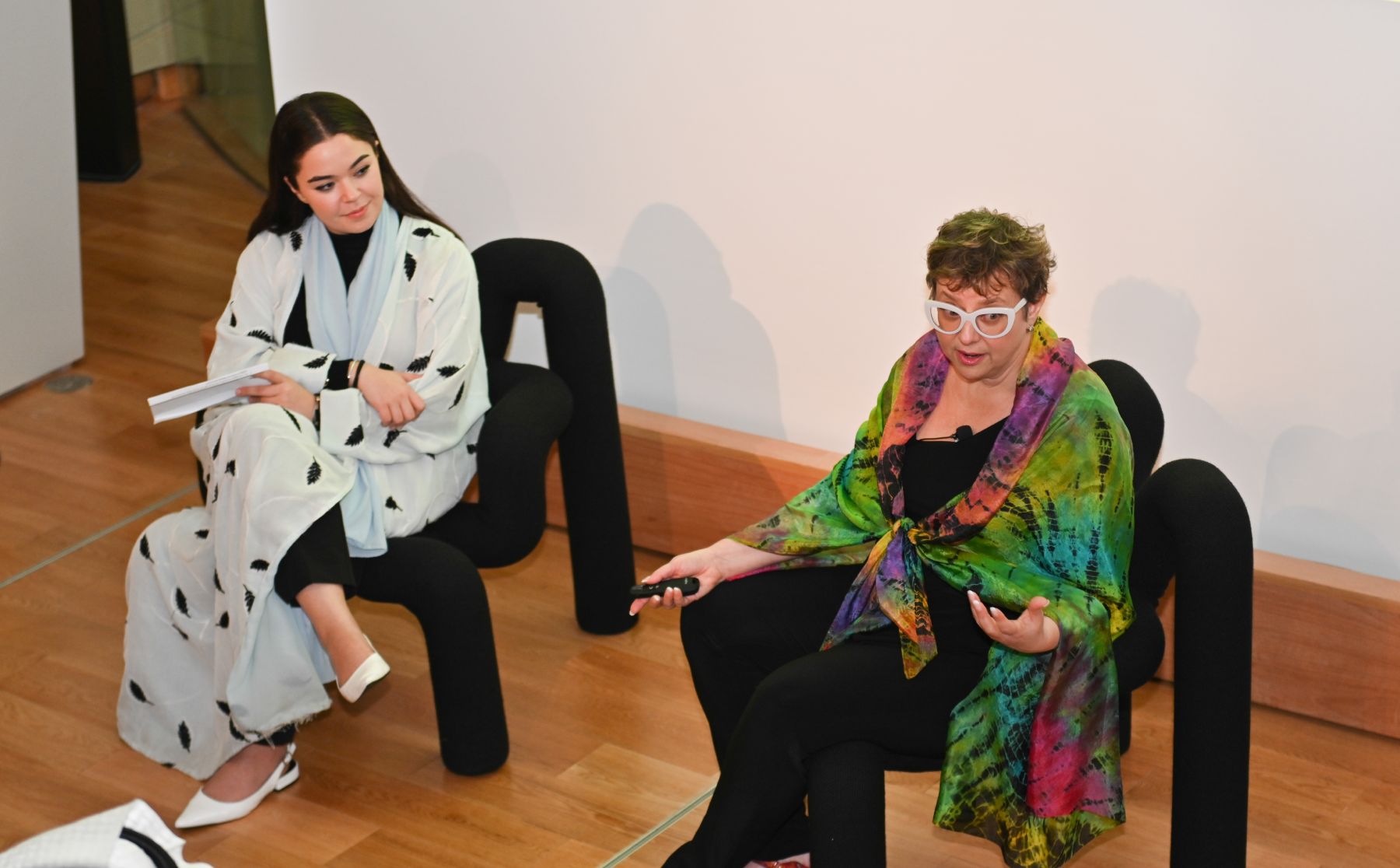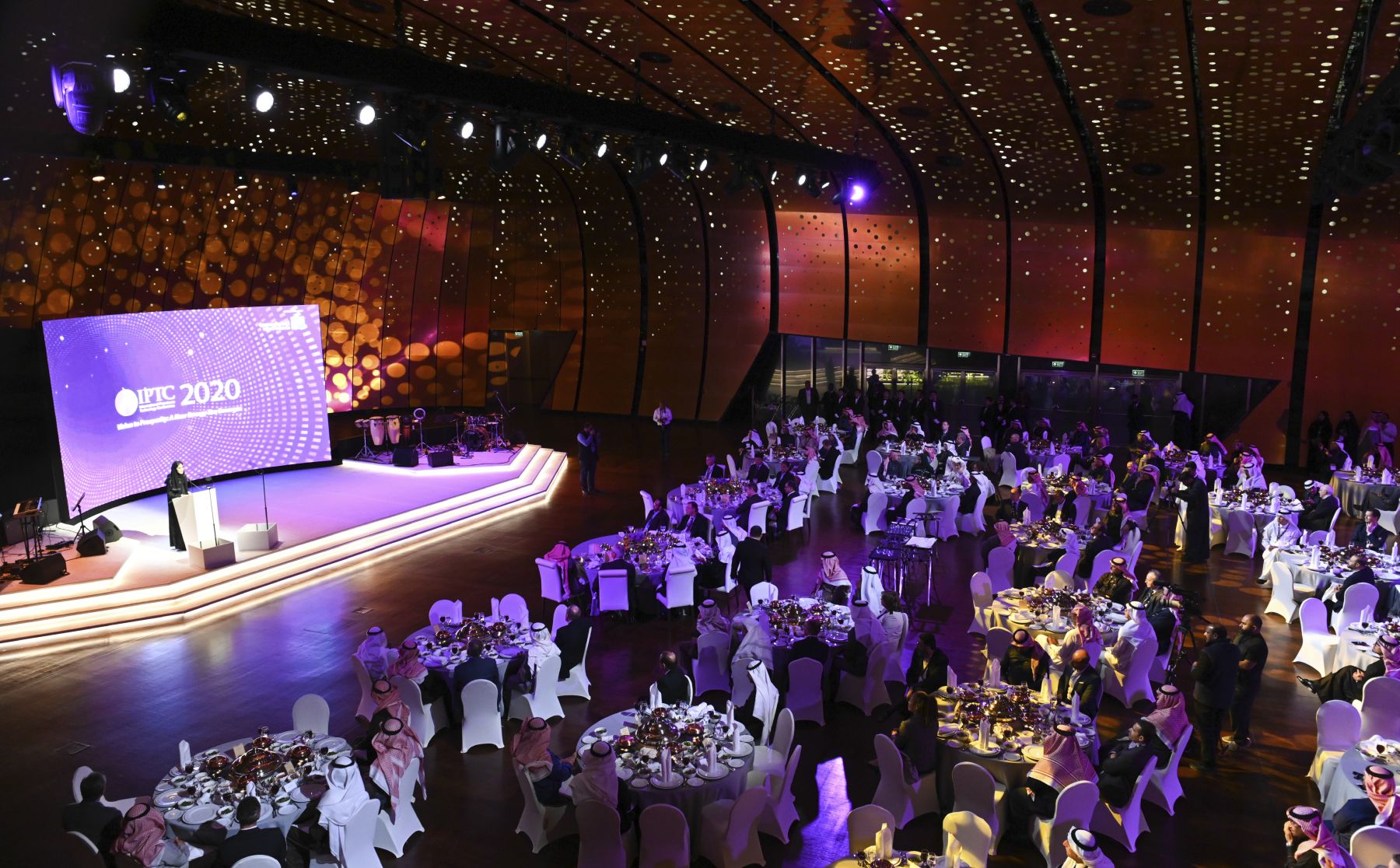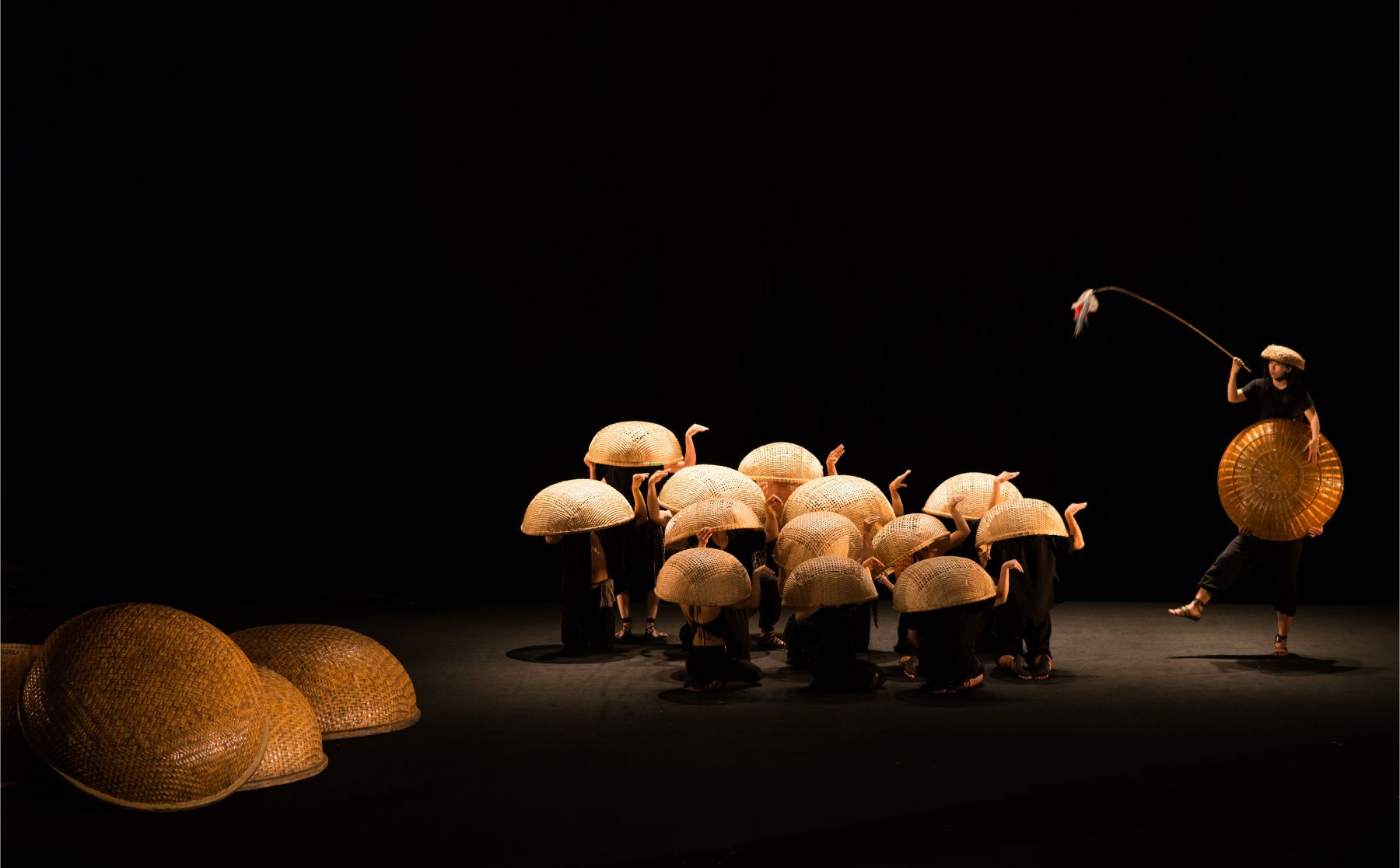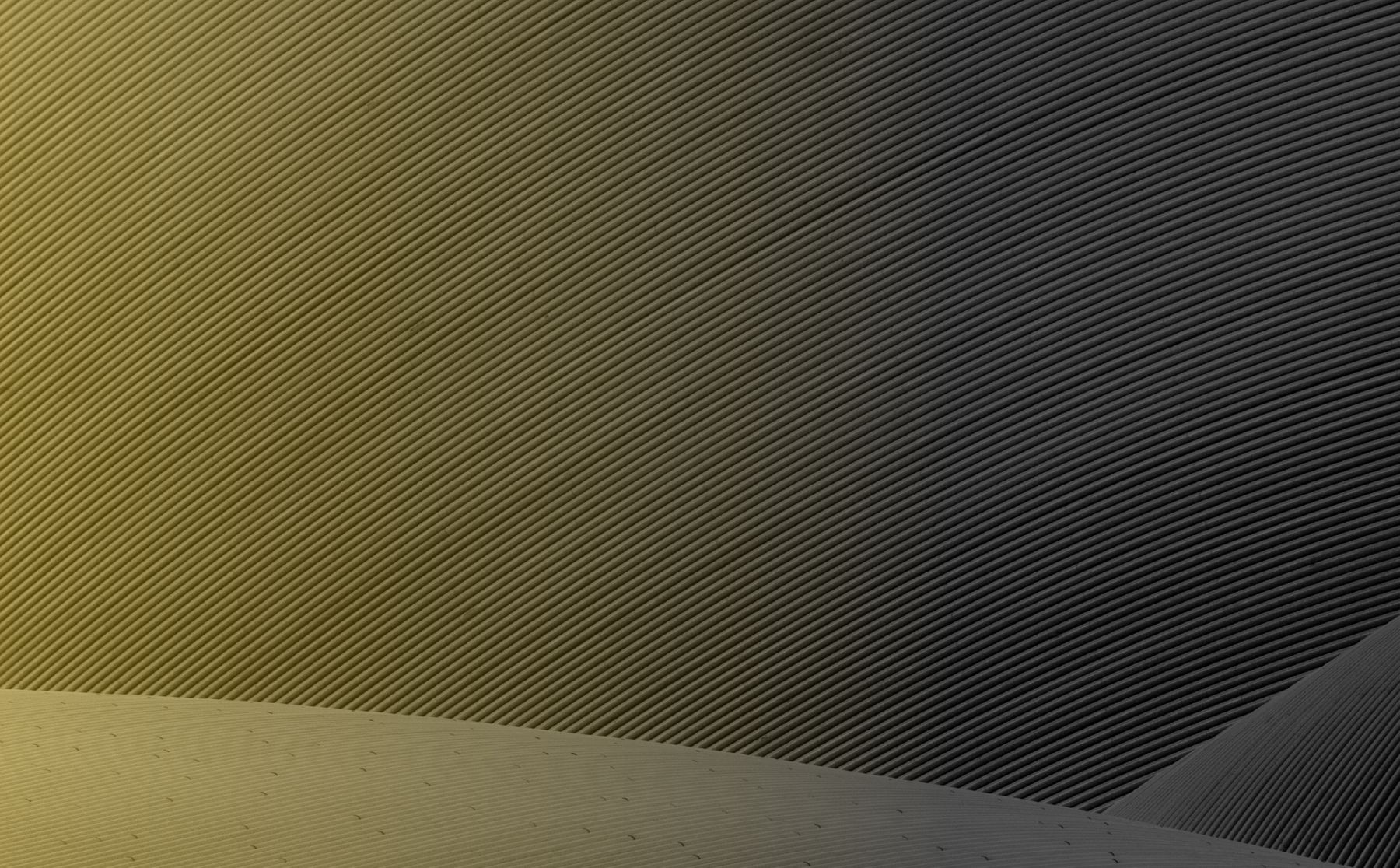The New-Renaissance of Saudi Arts and Culture
Athr Art Gallery Director Alia Fattouh discusses the new game plan in Saudi’s arts and culture beyond 2020
Upon moving to Saudi Arabia in January of 2019, Alia Fattouh took on the responsibility and role of Director of Athr Gallery, one of the Kingdom’s premier institutions for contemporary art. For over a decade, Athr Gallery has made it its mission to aid in building the Saudi contemporary art scene by providing a platform where artists can meet, gather and exhibit their works, and by ensuring education in the arts was foremost among their efforts.
Arts in the Kingdom have taken leaps and bounds amid the recent shifts in Saudi Arabia’s cultural landscape. The year that Fattouh joined Athr also happened to be the year the Ministry of Culture was launched, and the Kingdom experienced a blossoming of arts and culture, including events, concerts and festivals. Beyond the entertainment aspect, 2019 also witnessed events crucial to Athr’s mission: the revitalization of contemporary art’s long-term strategy, as well as a proliferation of residency programs, scholarships and exhibitions. 2020 was poised to continue propelling this success into the future: a new era to establish the industry.
However, as Fattouh and the world came to discover, the pandemic required drastic adaptation by the world’s culture industries. Though many experts have gone on to discuss the impact of COVID-19, for Fattouh, the discussion should focus on the response.
The response Fattouh has observed from the artists themselves provides clarity. “There are some silver linings, and I feel one of the most important ones is the time created for artists to think and develop their proposals and their projects in a more meaningful and deeper way, allowing space for research, trial and error. These are all things that we were losing, but are absolutely necessary for the success of any project.”
An equally important response is the enhanced sense of community among creatives – a notion integral to Athr. The situation Fattouh describes is the coming together of players in the regional art scene and new collaborations and conversations between formerly disparate entities. Shedding light on points of improvement within the regional art scene creates opportunities that did not exist before. The industry is demonstrating a more reflective approach versus the traditional reactive approach, with a tangible shift in the conceptual framework.
While digital is being pushed to the forefront of the response, Fattouh continues to emphasize the need for tangibility when exploring the art world. “As a gallery with our history and geographic location, I strongly believe in the physicality of what we do. Having a physical space continues to be relevant and important because it has an educational component, and because not all mediums are adaptable to digital and online viewing - the things that you learn from going to an exhibition are not always available online.” Fattouh points out how questions to curators, meeting artists and allowing for spontaneity cannot so easily happen digitally.
However, Fattouh remains open-minded, and while a proponent of physical art spaces, she recognizes the benefits to bringing art and audiences within the online sphere. This acceleration towards digital platforms has created a space for younger artists to have more presence. It has also encouraged immersive and interactive art based on technology. Fattouh mentions how this medium has additionally created accessibility for a lot of artists who were not trained in the classical way in painting and drawing. She discusses how the art world found itself, much sooner than expected, needing to deliver major programming online and having to connect with virtual audiences. “I believe what this situation did is create an accelerated rush toward digital platforms, something that was certainly happening, but more slowly and with far less urgency.”
COVID-19 fast-tracked an existing strategy of the art world in putting exhibitions online, and Fattouh describes how Athr had taken immediately to adapting to the “new normal.” One such example was the well-timed launch of a major exhibition of video art. However, above moving things into the digital sphere, Athr’s focus on response circled back to its mission to nurture creatives. Fattouh goes into detail describing how the artists’ grant scheme Maan – a fund for microgrants, was instated to support Saudi-based artists who rely on art for their livelihoods. This was expanded further as Maan is now open to creatives of all kinds, including musicians and researchers, in a bid to combat the effects of the pandemic on the industry as a whole.
Fattouh sees gaps in the international response, however. She identifies these as she counts down the ways in which entities are coming together rallying to support the country’s creatives. Beyond grants for artists, there is a requirement to support writers, researchers and curators, which is why, she goes on to say, Athr has opened up its grant scheme to be more inclusive of the wider branches of the creative industry. “Something that I feel we are overseeing or missing out on is providing support for curators, researchers and writers who would, in a normal time, be writing reviews of exhibitions that would be in existence right now. The focus is very much on the artists, with a capital ‘A.’ But not so much the curators and the writers who really need support. Nobody is curating shows anymore. What happens to all these curators? This is not solely related to the region, this is something I've noticed internationally. That's why we opened our grant to the creative industry in general.”
She reiterates the importance of making tough decisions to ensure longevity for the industry. To maintain their Athr team, all exhibitions for this year have been suspended, continuing other projects in the meantime, hoping to kickstart their programming for 2021 in the hope things improve. Fattouh notes how encouraging it is that institutions have shifted their budgets from exhibitions to grants that will support creative talent across generations. She goes on to mention the efforts by AFAC, and how entities such as Art Jameel, Ithra and Hafez Gallery have come together to share concerns and discuss new avenues of support.
The tough decisions have continued but so has a renewed sense of strategy. These past few months have taught Fattouh how prioritization is key. She goes on to say how crucial it is to build a sustainable infrastructure for the art scene to be able to stand on its own feet without total reliance on any single source of funding. She hopes this crisis will bring this issue to the fore, as it offers a good time to think of alternatives – possibly with artist-led spaces. “Challenge can lead to the creation of very interesting things.”
Fattouh hopes that the new normal will be a change of mindset, as people are currently gripped with fear, and the only way to overcome the hysteria, she believes, is for their outlook to change once the air is clear and life resumes. The fundamental requirement for the art industry to return to work is the public’s return to art and culture spaces. Fattouh is aware of this and confidently predicts that Saudi will return to normality, as people are eager to get back to it, with the country continuing to follow its plan and vision.
What matters most is putting forward a game plan. Fattouh explains how tourism will build a bigger audience as we all try to move forward. Tourist curiosity about, and appetite for, Saudi’s many offerings will bring attention back to the rich and diverse cultural heritage, create a new wave of experiences, and a new sense of cultural dialogue where we all band together, encouraging and inspiring creatives to be part of this awakening.
If 2019 presented a new renaissance for the Saudi art world, then this year has taught the industry, for better or for worse, the importance of shaping a new renaissance.
This interview between Ithra and the interviewee is part of a series of discussions on the impact of Covid-19 and the future of the creative industry.


